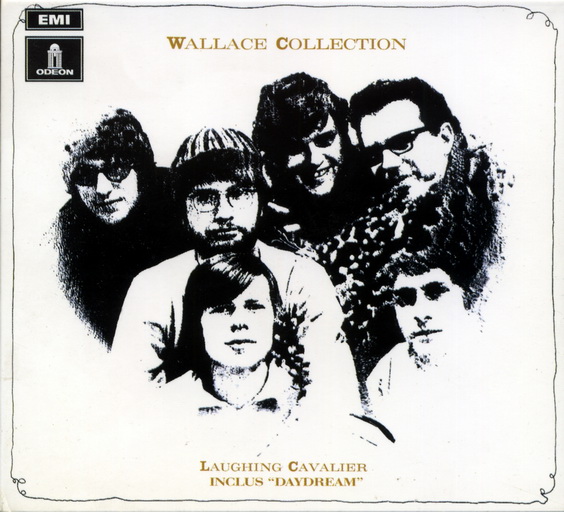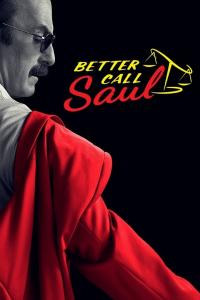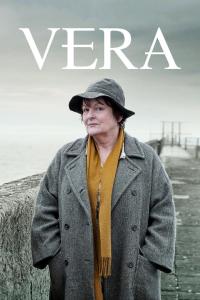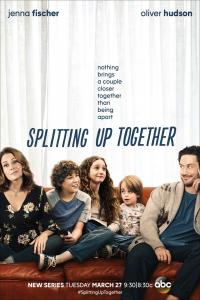Torrent details for "Wallace Collection - Laughing Cavalier (1969, 1998)⭐" Log in to bookmark
Controls:
Language:
 English
EnglishTotal Size:
349.94 MB
Info Hash:
79089ff33c9f5743445ebbb062735272b9d9d154
Added By:
Added:
10-12-2023 17:05 (edited 10-12-2023 17:06) by ZBYSZEK3k
Views:
184
Health:

Seeds:
1
Leechers:
0
Completed:
4
Name
DL
Uploader
Size
S/L
Added
-
313.07 MB
235
[6/6]
10/12/23 17:23
| Uploaded by ZBYSZEK3k | Size 313.07 MB | Health [6/6] | Added 10/12/23 17:23 |
-
216.47 MB
295
[2/0]
20/10/23 09:21
| Uploaded by mainlyclassical | Size 216.47 MB | Health [2/0] | Added 20/10/23 09:21 |
-
409.90 MB
333
[0/0]
24/07/22 15:43
| Uploaded by ZBYSZEK3k | Size 409.90 MB | Health [0/0] | Added 24/07/22 15:43 |
-
123.21 MB
479
[0/0]
14/06/20 15:28
| Uploaded by ZBYSZEK3k | Size 123.21 MB | Health [0/0] | Added 14/06/20 15:28 |

Artist: Wallace Collection
Title: Laughing Cavalier
Year Of Release: 1969/1998
Country: Belgium
Label: Magic Records
Genre: Pop/Art/Progressive Rock
Quality: Flac (image, .cue, log)
Total Time: 01:06:42
Tracklist:
01. Get That Girl - 2:44
02. The Sea Disappeared - 2:27
03. Get Back - 4:31
04. Ragtime Lily - 2:38
05. Natacha - 2:23
06. Merry-Go-Round - 1:51
07. What’s Goin’ On - 2:16
08. Fly Me To The Earth - 2:53
09. Peru - 4:48
10. Poor Old Sammy - 2:38
11. Baby I Don’t Mind - 2:58
12. Misery - 2:38
13. Laughing Cavalier - 1:19
14. Daydream - 5:04
Bonus Tracks:
15. Stay (Dia Film »Un Lacaia Monstre») - 4:06
16. My Way Of Loving You (Dia Film »Un Lacaia Monstre») - 3:29
17. Dear Beloved Secretary - 3:44
18. Hello, Suzannah - 2:02
19. Love - 3:53
20. Rêveries (Evlin’) (Version Française De «Daydream») - 5:07
21. Le Monde Est Fou (Version Française De «Baby I Don’t Mind») - 3:01
Personnel:
Sylvain Vanholme - guitar
Christian Janssen - bass
Marc Hérouet - piano
Jacques Namotte - cello
Raymond Vincent - violin
Freddy Nieuland - drums
The background of the band from Belgium began in the second half of the 60s with the beat group “Sylvester’s Team”, which included drummer Freddy Nieuland and guitarist Sylvain Vanholme. Soon they were joined by keyboardist and jazz lover Marc Hérouet, and the aforementioned trio, with the participation of bassist Christian Vanholme, began working under the 16th Century label. Over time, Sylvain Vanholme wanted to refresh the sound by adding classical influences, and thus two musicians from the National Orchestra of Belgium, violinist Raymond Vincent and cellist Jacques Namotte, found themselves in the project. The young team did not hide their ambitions and wanted to start their career not just anywhere but in England. Having found a capable manager in Jean Martin, the musicians sent him to London. Packed with demo tapes, he was able to get an audience with EMI producer David Mackay and drag him to Brussels. Jean’s actions were not in vain, and the group received not only the coveted contract, but also a new name “Wallace Collection” in honor of the famous museum located next door to the EMI headquarters. Next, Vincent began writing music, Vanholme and Mackay helped him with the lyrics, while Freddy and Sylvain shared the vocal parts. Having reached the required level of readiness, the team attacked London venues (including the legendary Marque) and, I must say, made a good impression for a continental group. The professionalism of the sextet was beyond any doubt, since, without resorting to the services of sidemen, the Wallace Collection themselves could cope with two dozen instruments and, thus, aroused the delight of journalists who did not hesitate to compare them with the Beatles. By the way, EMI chose “Daydream” as the pilot single precisely because the song was reminiscent of last year’s Beatles hit “Hey Jude.” Indeed, the composition took the world charts by storm and topped the popularity charts in more than 20 countries. “Daydream” was covered by everyone, and when it was covered in French by Claude Francois, the “Wallace Collection” themselves took its version into their repertoire called “Reveries”. Other songs (for example, “Fly Me To The Earth”) also had success (though less so), and Beatles producer John Martin called the debut album of the Belgians the best work of 1969. The group's live activities were also progressing well - in France they performed at the prestigious Olympia and appeared on television 42 times; in dictatorial Portugal it became a symbol of freedom for local youth, and in Italy it was celebrated at almost all major festivals. Having conquered Europe, the Wallace Collection staged a grand tour of South and Central America, after which they found themselves drawn into cinema. So, in 1970, the guys wrote the music for the film “La Maison” with Michel Simon, and were later involved in working on the soundtracks for “Un Beau Monstre” and “Les Intrus”. However, the success of the group was accompanied by a tightening of the tour schedule - today the “Wallace Collection” played in Paris, tomorrow in Athens, the day after tomorrow in Amsterdam, etc. All this had a negative impact on the creative process, especially since the musicians, who had different passions behind them, found it difficult to get along with each other. In general, the team failed to pass the test of glory, and already in 1971 it self-destructed. In the mid-70s, Raymond Vincent headed the Esperanto project, and 30 years later the Wallace Collection reunited. Nieuland, Hérouet, Vanholme and Vanholme, with the participation of new violinist Cedric Murrath, began performing together again, but with the death of the drummer (he died on January 10, 2008), the matter died out.










































